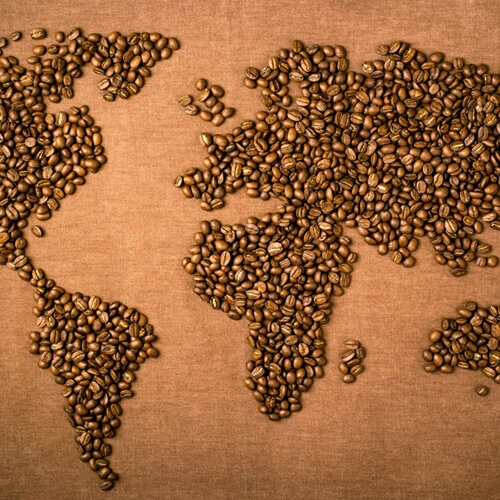Is coffee truly sustainable?

Members of international culinary schools understand the importance of sourcing local food. The fact is agriculture and livestock production have a monumental affect on the environment, which is one of the many reasons more chefs are embracing farm-to-table practices. Growing, storing and transporting ingredients can leave an enormous environmental footprint, but we often take readily available foods for granted. A specific example of this is coffee, a drink that people around the world enjoy on a daily basis. However, the coffee industry is responsible for significant carbon emissions and may not be a sustainable enterprise by 2080, according to research done by U.K. Botanical Gardens.
How does coffee affect the environment?
The high demand for coffee across the globe leads to tremendous environmental impact. According to Sailing Dog, a sustainable distribution company, one kilogram of coffee produced contributes nearly five kilograms of carbon dioxide and takes up about 126 gallons of fresh water. For the time being, current agricultural and distribution methods aren’t entirely sustainable. Eater notes that between climate change and a growing risk of crops being eradicated by pests and diseases, it may only be a matter of time before coffee is extinct or no longer possible to produce.
If coffee is to have a truly sustainable future, practicing environmentally friendly methods is key. Top experts believe that shade-grown coffee in particular will be more resilient to climate change and also is better for the environment overall. The majority of coffee currently on the market is produced on deforested, full-sun plantations, but these breeds will likely be more susceptible to extinction as climate change continues.
According to E-Imports, more than 150 million Americans drink coffee on a daily basis. Yet this number pales in comparison to the amount of coffee consumed worldwide. Interestingly enough, the majority of the carbon footprint created by coffee is the process of roasting and brewing it. Sources suggest that consumption accounts for nearly half of the total carbon footprint. Consider not only the energy and resources used by coffeehouses, but also consider that many people don’t necessarily recycle, and many companies currently don’t provide outlets for this practice. All of those disposable cups, as well as other containers such as boxes and milk cartons, add up rather quickly.
However, coffee is simply one product that is indicative of a larger global issue. Food sustainability has to be a top priority for chefs, farmers and food distributors in the 21st century. Otherwise, it’s only a matter of time before some of our favorite products are lost forever.


